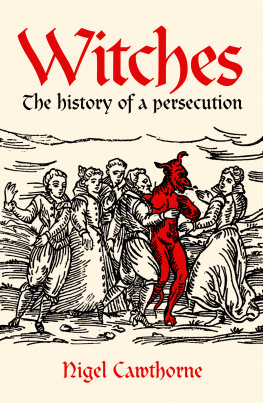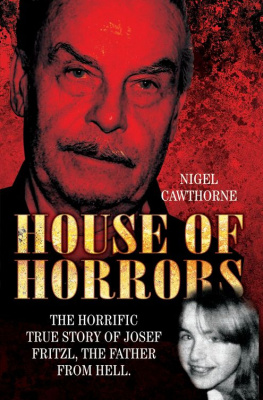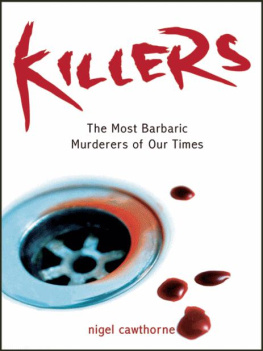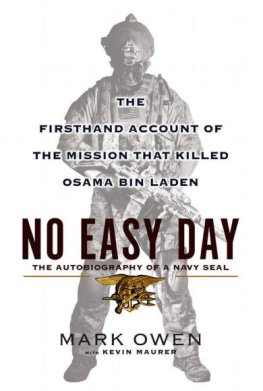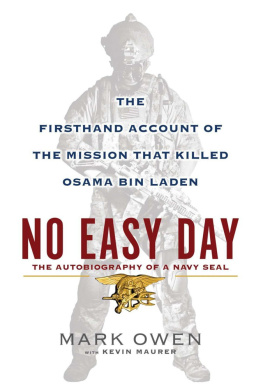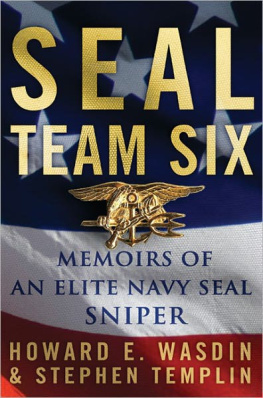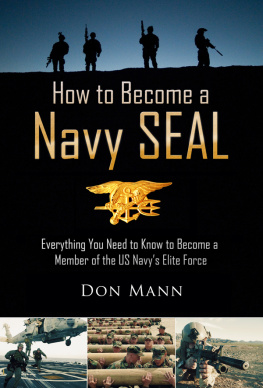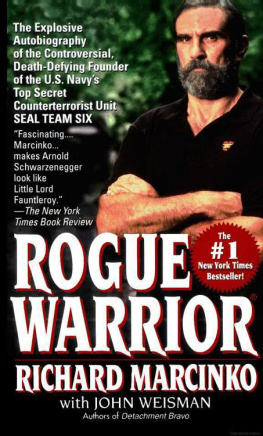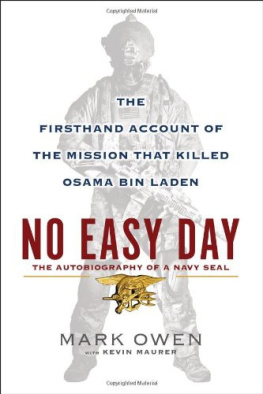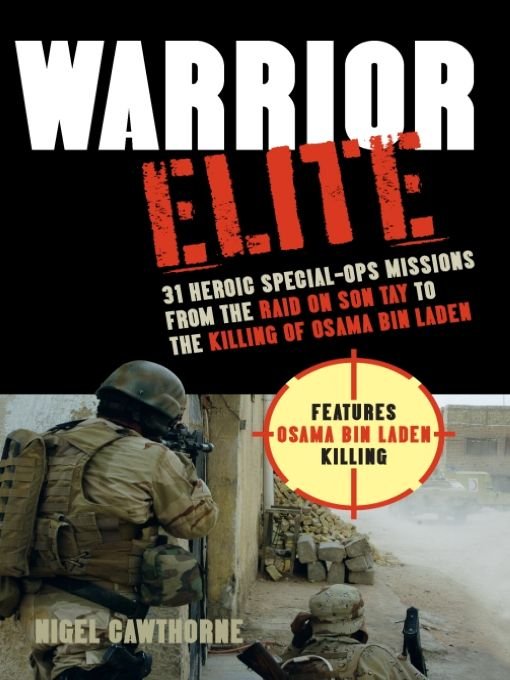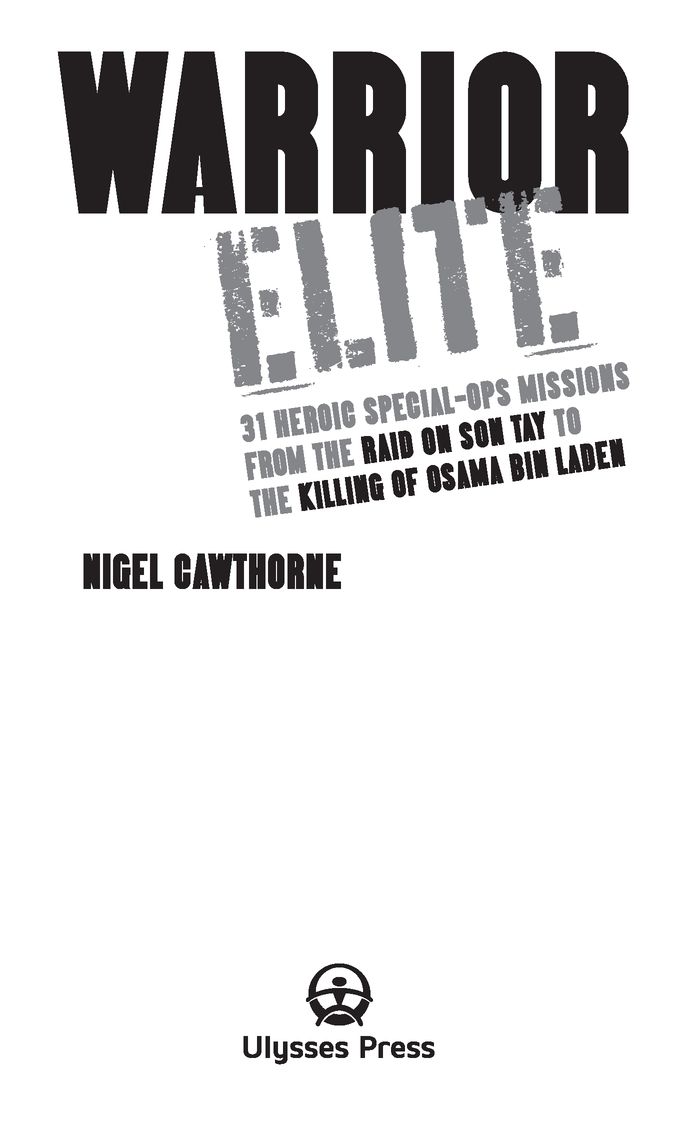Table of Contents
INTRODUCTION
WE ARE IN AN AGE of asymmetrical war. No longer do vast armies of ill-trained conscripts confront each other in huge and, hopefully, decisive battles. These days the threat does not come from large-scale invasion force, but rather from small and dedicatedindeed, fanaticalterrorists who care nothing for their own lives or anyone elses. They cannot be fought with massed ranks of unwilling draftees. What is required are small forces of highly trained fighters. What is needed is a warrior elite.
Fortunately, even in seemingly soft Western democracies, such troops are available. In America, they can trace their roots back to Rogers Rangers, who fought in the woods of New England during the French and Indian War of 17541763. Although the Rangers leader, Major Robert Rogers, later backed the British during the American Revolution, the tradition was taken over by the Swamp Fox, Francis Marion, who led daring raids on British forces in South Carolina and Georgia.
During the Civil War, Colonel John Singleton Mosby of Virginia raised a band of well-disciplined Confederate raiders. Because of his stealth and almost uncanny ability to elude capture, Mosby came to be known as the Gray Ghost.
In World War II, special-operations units began to multiply. The public found themselves regaled with the daring exploits of the Devils Brigade, Darbys Rangers, Merrills Marauders, and the Alamo Scouts.
The Devils Brigade was known formally as the 1st Special Service Force, so it is the direct predecessor of the Green Berets. It was in fact a joint U.S.Canadian outfit created on July 9, 1942, at Fort William Henry Harrison, Montana. Its forte was close-quarter combat against numerically superior forces, and it saw action in Italy and France.
Darbys Rangers were the 1st Ranger Battalion under the command of Major William O. Darby. They achieved their greatest fame when they scaled the cliffs of Pointe du Hoc as part of the D-day landings in Normandy to take out the gun batteries there that overlooked both Omaha and Utah beaches when US troops were landing.
Merrills Marauders was the name given to Colonel Frank D. Merrills 5307th Composite Unit (Provisional), which fought the Japanese in the jungles of Burma, beating them in 5 major battles and 17 smaller skirmishes. The Alamo Scouts were a force of volunteers who fought in the Philippines. Never numbering more than 70 men, they earned 44 Silver Stars, 33 Bronze Stars, and 4 Soldiers Medals. In just under 80 dangerous missions, they never lost a man in action.
One of the most dangerous tactics employed in World War II was the amphibious assault. Special Underwater Demolition Teams, Scouts and Raiders, and Naval Combat Demolition Units went in ahead of the main force to clear the beaches and reconnoiter landing sites. These units were the forerunners of todays US Navy SEALs.
During the war in North Africa, the British started a group of elite fighters they called the Special Air Servicesthe SAS. This was the inspiration for Americas Special Forces, which drew its first recruits from veterans of the Office of Strategic Services, which had been inspired by Britains Special Operations Executive. In 1961, President John F. Kennedy gave official sanction to Special Forces to wear their now famous green beret.
The 1st Special Forces Operational DetachmentDelta, also known as Delta Force, was started in 1971 by Colonel Charles Beckwith after he had spent a year as an exchange officer with the SAS. Israels Sayeret Matkal borrows its mottoWho Dares Winsfrom the SAS. Australia and New Zealand also have SAS regiments, while the Canadians have their own Special Forces. Germany has its GSG-9; France its GIGN; Poland its GROM. The British also have their SBS, the Special Boat Service, an elite corps of Marine commandos. These groups train together and sometimes see action together, notably in Iraq and Afghanistan.
There and elsewhere, these elite forces are on the front line in the war on terror. Their missions are largely top secret. Details of their operations only leak years later. While their personnel are the bravest of the brave, their heroism is rarely recognized. The honors they earn are usually awarded privately. In the media, false names are used and their faces are blacked out in photographs.
It is important, however, that all of us acknowledge their valor. They are the guardians of our freedoms and they are out there now, risking their lives so that we can sleep comfortably in our beds.
Nigel Cawthorne
Bloomsbury, UK, May 2011
CHAPTER 1
RAID ON SON TAY
AT 2317 ON NOVEMBER 20, 1970, 56 Green Berets took off from Udon Air Force Base in Thailand to make the most daring raid of the Vietnam War. They were going to penetrate deep into Communist North Vietnam to rescue US prisoners of war being held there. The maneuver was fraught with danger, and a raid by ground forces into enemy territory risked escalating the war still further. But American prisoners had been paraded by the Communists on TV, and it was known that they had been beaten, tortured, and maltreated. To free them was worth any risk.
US Special Forces had been involved in the Vietnam War since the beginning, first as advisors, then as specialist combat troops. In 1962, President John F. Kennedy authorized the formation of the 5th Special Force Group, which established its headquarters in Nha Trang, capital of the coastal province of Khnh Ha, two years later. In March 1965, 3,500 US Marines landed at Da Nang, followed by large numbers of other ground troops. Almost from the beginning, the Communists took prisoners, often downed airmen, and imprisoned them in the North.
Aerial photography revealed a compound at Son Tay, a military town some 23 miles from the North Vietnamese capital of Hanoi and more than 300 miles behind enemy lines. It was suspected of being a prisoner-of-war camp. A large K was seen drawn in the dirt. This was code for come and get us. By early May 1970, US intelligence had discovered that the camp contained 55 US prisoners of war, six of whom were ill and in urgent need of rescue. Throughout the Vietnam War, the North Vietnamese refused to abide by the Geneva Conventions, so there was no way to get aid to American captives via diplomatic channels. Many had died in captivity, and talks in Paris about an exchange of prisoners had been stalled for two years. It seemed to many that there was no alternative but to go and get them.
A feasibility study team called Polar Circle was set up. One of its members was Lieutenant Colonel Warner A. Britton, a World War II search-and-rescue pilot who would fly one of the helicopters on the raid. It would be no easy task. There were more than 236,000 enemy soldiers in the Son Tay area, along with the most concentrated surface-to-air missile defenses seen so far in the history of warfare. Nevertheless, Polar Circle decided that Special Forces could pull off a rescue mission, and a planning-and-training group was set up at Eglin Air Force Base in Florida, where a replica of the prison compound was built, along with a scale model that cost $60,000.
The commander of the mission, Colonel Arthur D. Simons, then went to Fort Bragg, North Carolina, home of the Green Berets, to ask for volunteers. He needed a hundred men, preferably with recent combat experience in Southeast Asia. There would be no additional payment, and the men were not told what the mission was about. Five hundred volunteered; 103 were accepted. Another 116 Air Force personnel would provide support.



